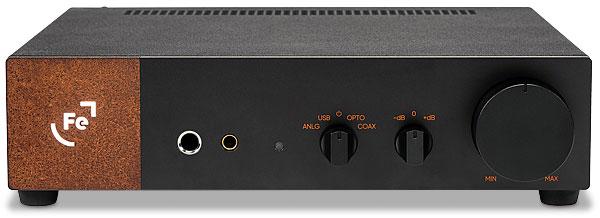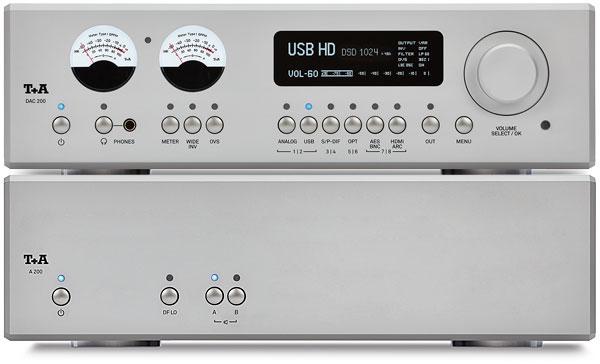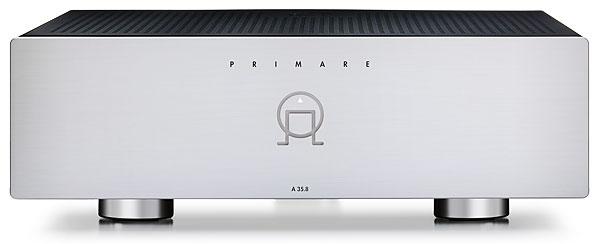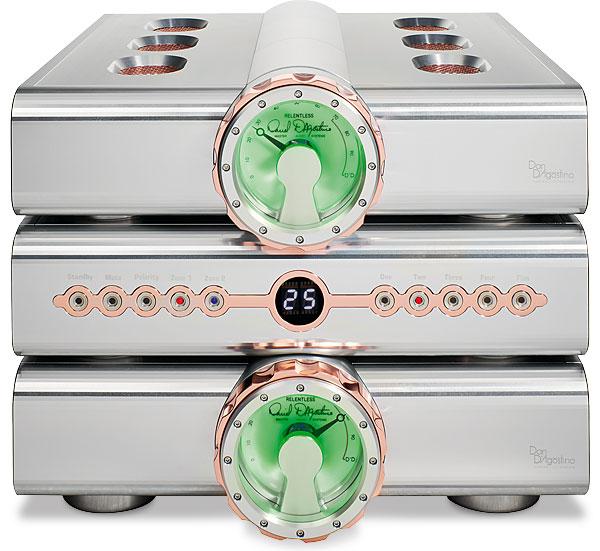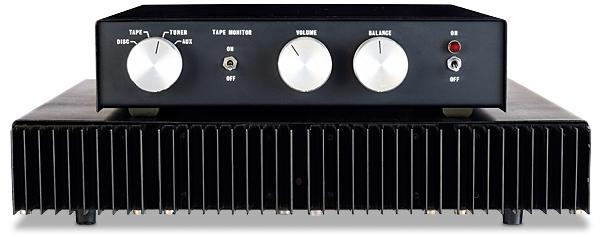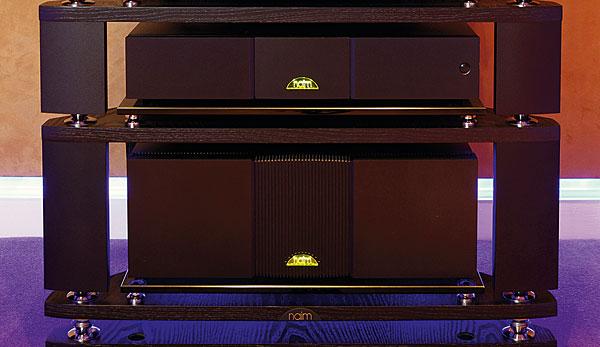|
Oct 10, 2022
|
Sep 22, 2022
|
Jun 23, 2022
|
Mar 04, 2022
|
Feb 21, 2022
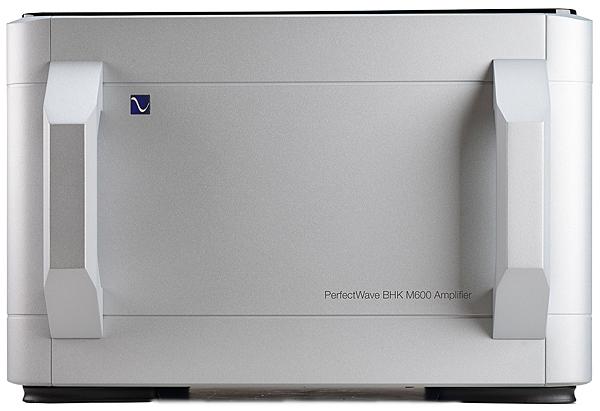
 PS Audio grows its hybrid tube/MOSFET amplifier range with a new flagship that's the crowning achievement of the late and hugely respected designer Bascom H King
PS Audio grows its hybrid tube/MOSFET amplifier range with a new flagship that's the crowning achievement of the late and hugely respected designer Bascom H King
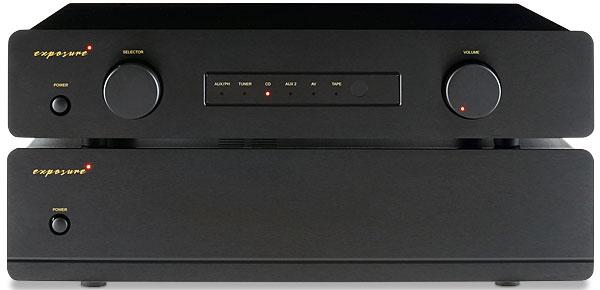
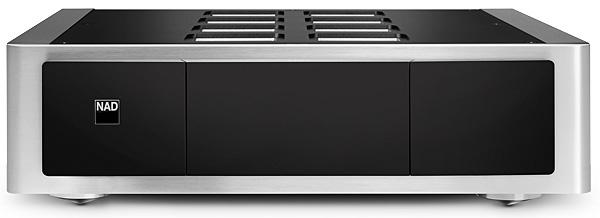
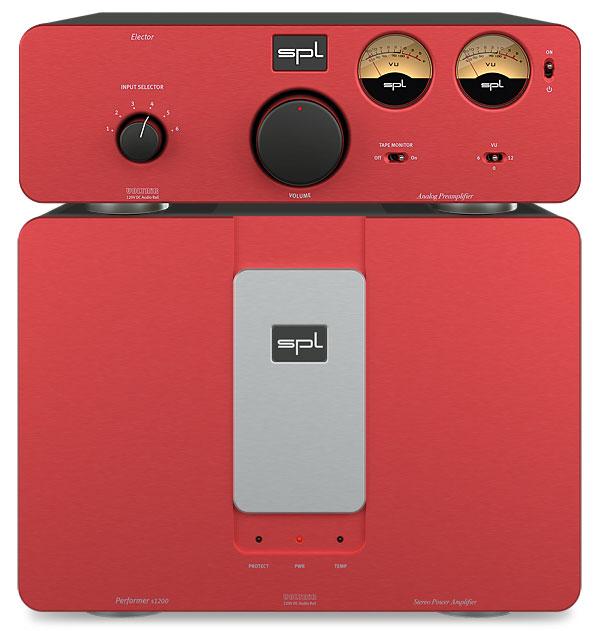
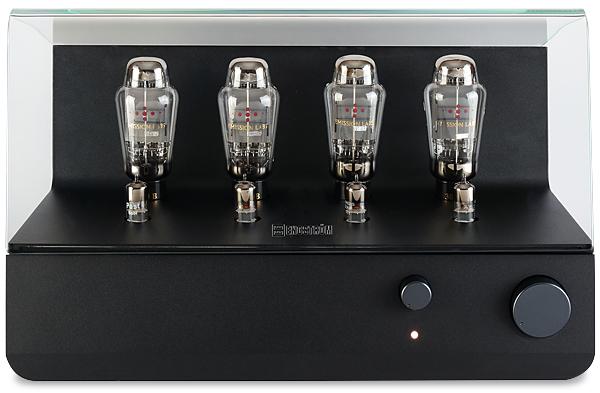

 Now in mkII guise, Lindemann's network-attached DAC and analogue preamp sees a raft of internal updates and the promise of 'production secured for upcoming years'
Now in mkII guise, Lindemann's network-attached DAC and analogue preamp sees a raft of internal updates and the promise of 'production secured for upcoming years'
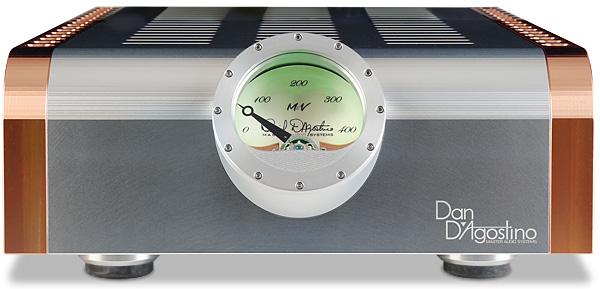
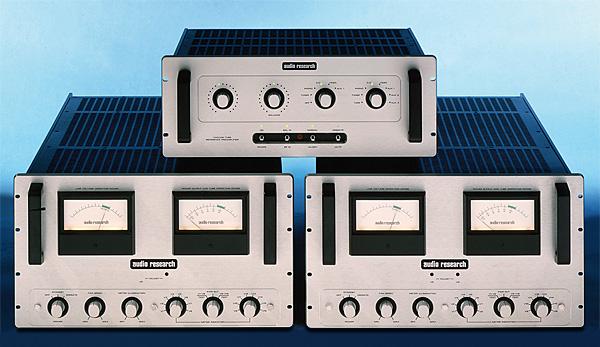
 Ken Kessler explains why he believes Audio Research's Reference 1 preamp and Reference 600 power amplifiers are in a class of their own
Ken Kessler explains why he believes Audio Research's Reference 1 preamp and Reference 600 power amplifiers are in a class of their own
